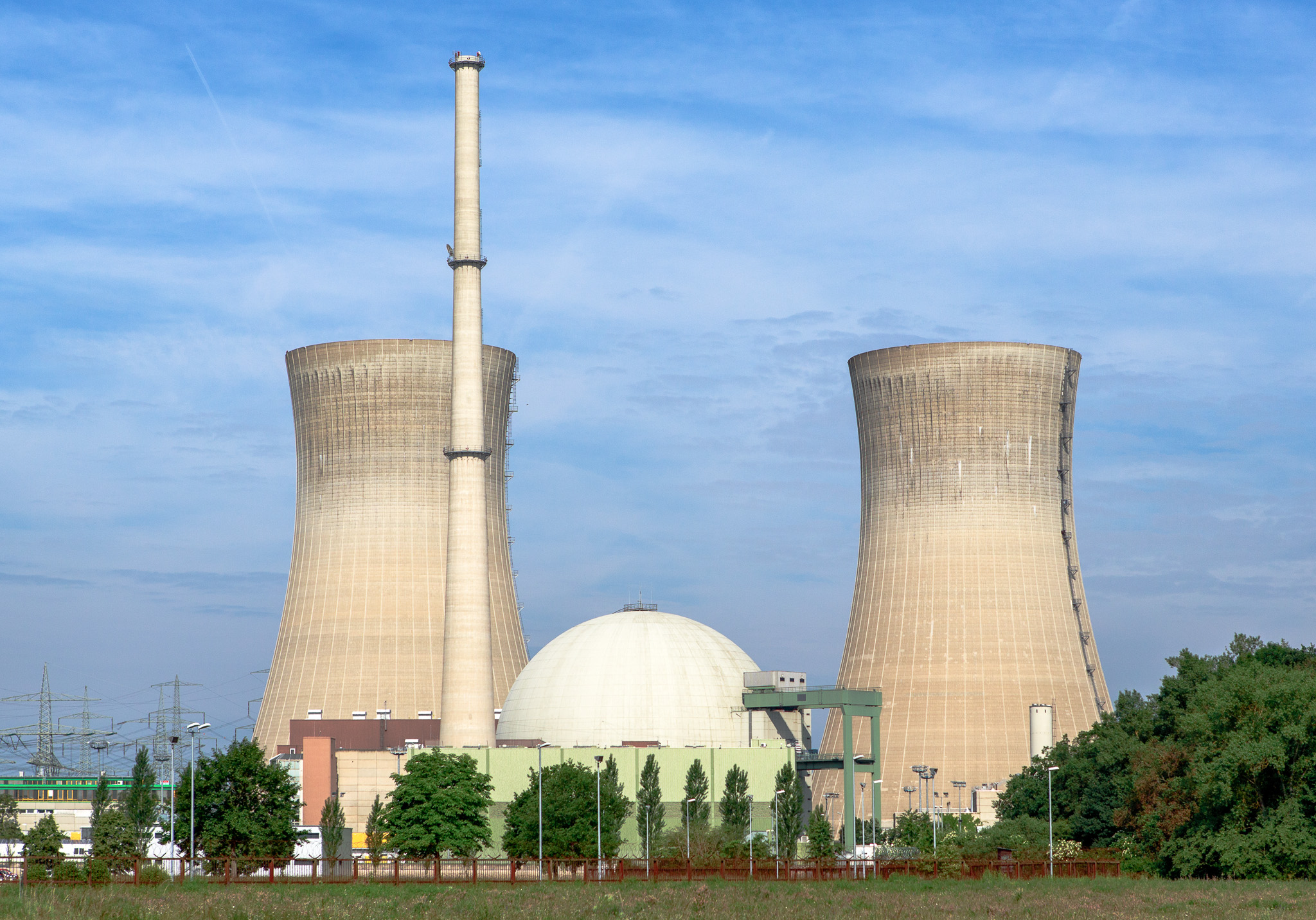This is the third article in a seven-part series examining America’s future strategic options toward China. The first looked at confrontation and the second at enhanced balancing. This piece considers the strategy of containment and engagement.
Containment and engagement has been the policy of choice for the great majority of China watchers, the foreign policy establishment, and U.S. policymakers for more than 40 years. It draws on a long heritage of essentially liberal ideas about international order. As with confrontation and enhanced balancing, the objective of containment and engagement is perpetuating American preeminence in the Asia-Pacific. It aims to do so, however, by supplementing politico-military pressure to check Chinese ambitions with an interlocking, mutually beneficial web of economic, institutional, and cultural links that gives China an incentive to cooperate with the global order rather than challenge it: carrots and sticks. An underlying assumption of this approach is that reliance on coercive measures to ensure Chinese compliance with international norms, as both confrontation and enhanced balancing advise, will only confirm the mainland’s worst assumptions of U.S. hostility and turn it into an enemy with a revisionist agenda.
Aside from being provocative, an aggressive approach to the People’s Republic of China (PRC) is thought by containers and engagers to be unnecessary. As one such observer notes, “China does not pose a threat to America’s vital security interests today, tomorrow or at any time in the near future.” In stark contrast to confrontation and enhanced balancing, this school of thought emphasizes the many deep-seated economic and demographic problems in China that constrain its development and will continue to divert resources that could otherwise be directed toward an assertive foreign policy.
Whereas both confrontationists and enhanced balancers depict a revisionist, predatory PRC ultimately working toward ejecting America from the Western Pacific, containers and engagers see a defensive, risk-averse power that is instead consumed with implementing much needed economic reform, meeting the growing demands of its restless people, and hemmed in on all sides by vigilant regional actors concerned about its expanding influence. China’s overriding priority, they assert, is to sustain the remarkable economic growth of the past 30 years, which its leaders regard as key to maintaining political and social stability among a populace that can no longer be swayed by appeals to ideology. A stable international environment is conducive to this focus. While Beijing objects to America’s military presence in the region, particularly its informal commitment to the defence of Taiwan, and longs for a transition to a multipolar world where U.S. power is constrained, it recognizes both the need for avoiding confrontation and advancing its economic and security interests through constructive relations with Washington.
While cautioning against overreacting to a threat that has been exaggerated in some quarters, containers and engagers do not take a cooperative, peaceful PRC for granted. According to their logic, the Chinese government’s acute sense of aggrievement over historical episodes of international humiliation and its responsiveness to growing nationalist sentiment among its people is worrisome. Also cause for concern are its uncertain long-term intentions, at best shaky commitment to the liberal global order, and rapid military modernization.
As a hedge against China’s rise veering off in an antagonistic direction, containers and engagers call for preserving America’s defence ties with its Asian allies and maintaining its regional military footprint. To Beijing’s great irritation, this policy also entails maintaining the flow of arms to Taiwan to uphold the credibility of America’s security commitments throughout the region, as well as holding the Chinese government’s feet to the fire for human rights violations and pressing it to make itself more accountable to the population, as a more democratic China will be presumably less prone to aggression.
The great appeal of containment and engagement for U.S. decision makers is that, more than any alternative strategy toward China, its tactics are diverse and it has so far proven sufficiently flexible to accommodate evolving conditions in the Sino-American relationship. The fact that it has been pursued with great consistency on a bipartisan basis for five decades lends considerable momentum for its future continuation; it has become institutionally ingrained, and a truly jarring event would be required for this prevailing orthodoxy to be discredited.
Most importantly, its blend of deterrence and conciliation has largely succeeded in keeping a lid on tensions between China and its neighbours in a region rife with flashpoints and has made some progress in integrating the PRC into the existing international order. It seems well suited for today’s challenging strategic conditions, in which the United States is confronted with resource constraints, extensive global commitments, and anti-interventionist public opinion at home as it looks to preserve its leadership role in Asia without triggering a draining standoff against China.
Yet over the coming years, this longstanding policy, which has worked well while China has remained relatively weak and preoccupied with internal development, will be subjected to unprecedented strains. Whether it seeks to translate its growing power into increased regional clout or attempts to deflect domestic discontent through aggressive posturing abroad, the PRC is likely to present new security challenges that will test the support of voters and policy elites in the U.S. alike for engagement. If, over time, moderate attempts to engage the PRC in the realms of security, trade, and global governance fall short in bringing Chinese practices into closer alignment with U.S. preferences or are seen as only encouraging Chinese obstruction, a more concentrated focus on containing the mainland, coming at the expense of engagement efforts, will likely result.
Part IV of this series will examine the strategic option of integration.




